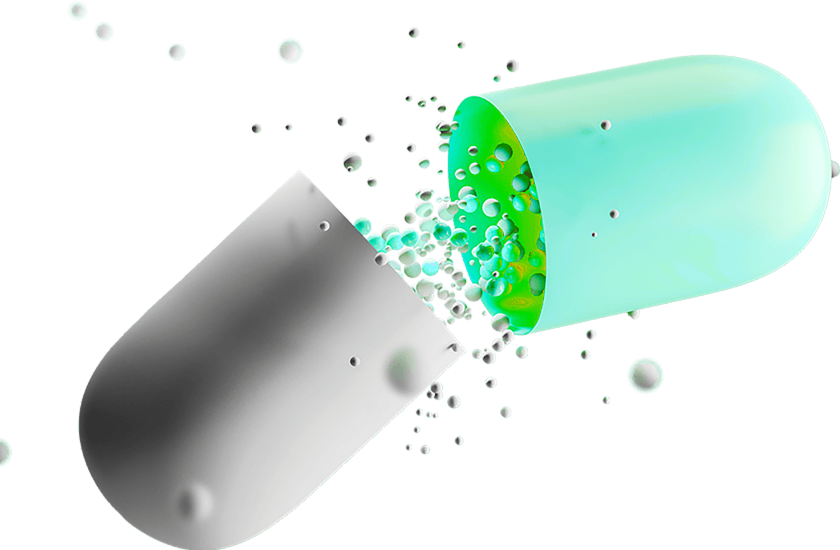- Afrikaans
- Albanian
- Amharic
- Arabic
- Armenian
- Azerbaijani
- Basque
- Belarusian
- Bengali
- Bosnian
- Bulgarian
- Catalan
- Cebuano
- Corsican
- Croatian
- Czech
- Danish
- Dutch
- English
- Esperanto
- Estonian
- Finnish
- French
- Frisian
- Galician
- Georgian
- German
- Greek
- Gujarati
- Haitian Creole
- hausa
- hawaiian
- Hebrew
- Hindi
- Miao
- Hungarian
- Icelandic
- igbo
- Indonesian
- irish
- Italian
- Japanese
- Javanese
- Kannada
- kazakh
- Khmer
- Rwandese
- Korean
- Kurdish
- Kyrgyz
- Lao
- Latin
- Latvian
- Lithuanian
- Luxembourgish
- Macedonian
- Malgashi
- Malay
- Malayalam
- Maltese
- Maori
- Marathi
- Mongolian
- Myanmar
- Nepali
- Norwegian
- Norwegian
- Occitan
- Pashto
- Persian
- Polish
- Portuguese
- Punjabi
- Romanian
- Russian
- Samoan
- Scottish Gaelic
- Serbian
- Sesotho
- Shona
- Sindhi
- Sinhala
- Slovak
- Slovenian
- Somali
- Spanish
- Sundanese
- Swahili
- Swedish
- Tagalog
- Tajik
- Tamil
- Tatar
- Telugu
- Thai
- Turkish
- Turkmen
- Ukrainian
- Urdu
- Uighur
- Uzbek
- Vietnamese
- Welsh
- Bantu
- Yiddish
- Yoruba
- Zulu
Nov . 05, 2024 14:27 Back to list
tetracycline hyclate
Understanding Tetracycline Hyclate An Overview
Tetracycline hyclate is a broad-spectrum antibiotic that belongs to the tetracycline class of antibiotics. It is derived from the natural bacterium Streptomyces aureofaciens and has been widely used for its effectiveness against various bacterial infections. Tetracycline hyclate is particularly valued for its ability to inhibit protein synthesis in bacteria, making it an essential tool in the treatment of a range of infections.
One of the primary applications of tetracycline hyclate is in the treatment of respiratory tract infections, urinary tract infections, and certain gastrointestinal infections. It is also used to combat acne and to treat certain infections caused by atypical pathogens, including Chlamydia and Mycoplasma species. The mechanism by which tetracycline hyclate works involves binding to the bacterial ribosome, preventing the addition of new amino acids to the growing peptide chain, thus halting bacterial growth.
One noteworthy aspect of tetracycline hyclate is its formulation as a hydrochloride salt, which enhances its solubility in water
. This property is vital for oral administration, as it allows for better absorption in the gastrointestinal tract. Tetracycline hyclate is usually taken in pill form and is sometimes used in combination with other medications to enhance effectiveness against resistant strains of bacteria.tetracycline hyclate

While tetracycline hyclate is generally well tolerated, it is important for patients to be aware of potential side effects. Common side effects may include gastrointestinal disturbances such as nausea, vomiting, and diarrhea. Additionally, tetracyclines are known to cause photosensitivity, which can lead to severe sunburns if patients do not take precautions when exposed to sunlight. Due to its affinity for calcium, tetracycline hyclate should not be used in children under the age of eight or in pregnant women due to the risk of permanent teeth discoloration.
As antibiotic resistance becomes an increasingly pressing issue in the medical field, the prudent use of tetracyline hyclate is crucial. It is important to complete the prescribed course of antibiotics, even if symptoms improve, to ensure the complete eradication of the infection and to prevent the development of resistant bacterial strains.
In conclusion, tetracycline hyclate remains a vital antibiotic in the medical arsenal, useful for treating a variety of infections. Understanding its uses, benefits, and risks is essential for both healthcare providers and patients to ensure its safe and effective application in clinical practice.
-
Guide to Oxytetracycline Injection
NewsMar.27,2025
-
Guide to Colistin Sulphate
NewsMar.27,2025
-
Gentamicin Sulfate: Uses, Price, And Key Information
NewsMar.27,2025
-
Enrofloxacin Injection: Uses, Price, And Supplier Information
NewsMar.27,2025
-
Dexamethasone Sodium Phosphate Injection: Uses, Price, And Key Information
NewsMar.27,2025
-
Albendazole Tablet: Uses, Dosage, Cost, And Key Information
NewsMar.27,2025













